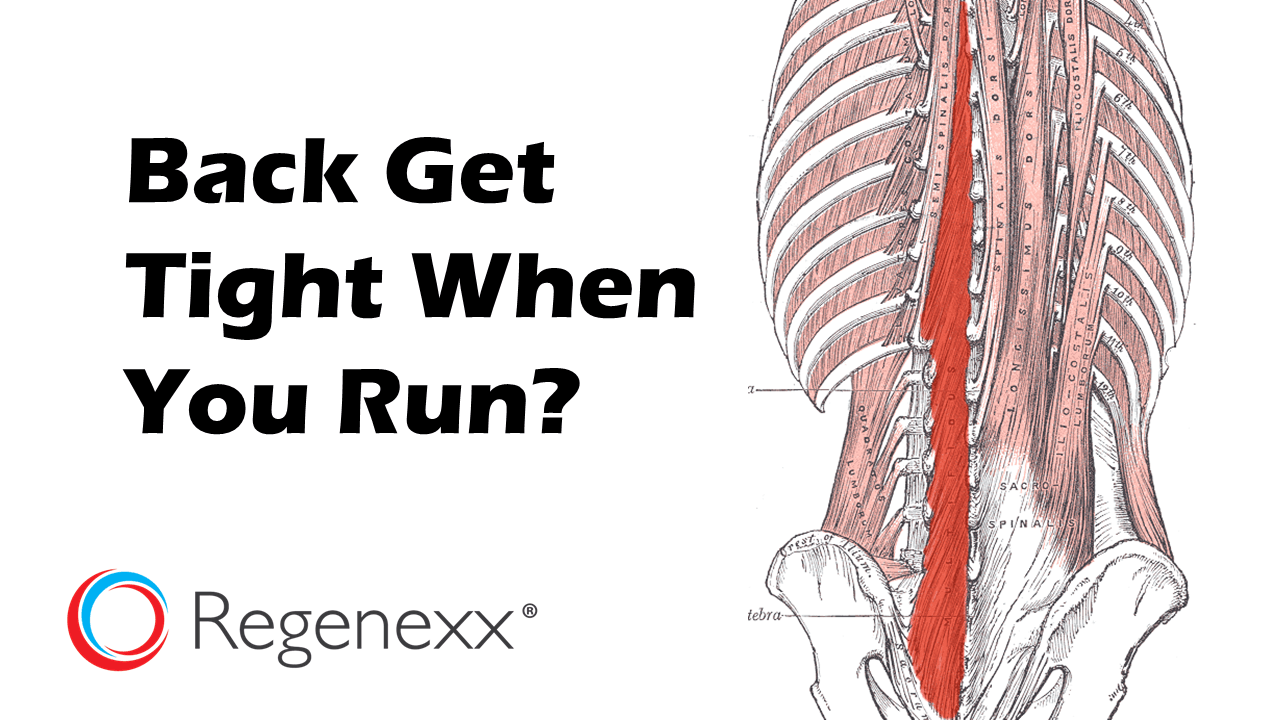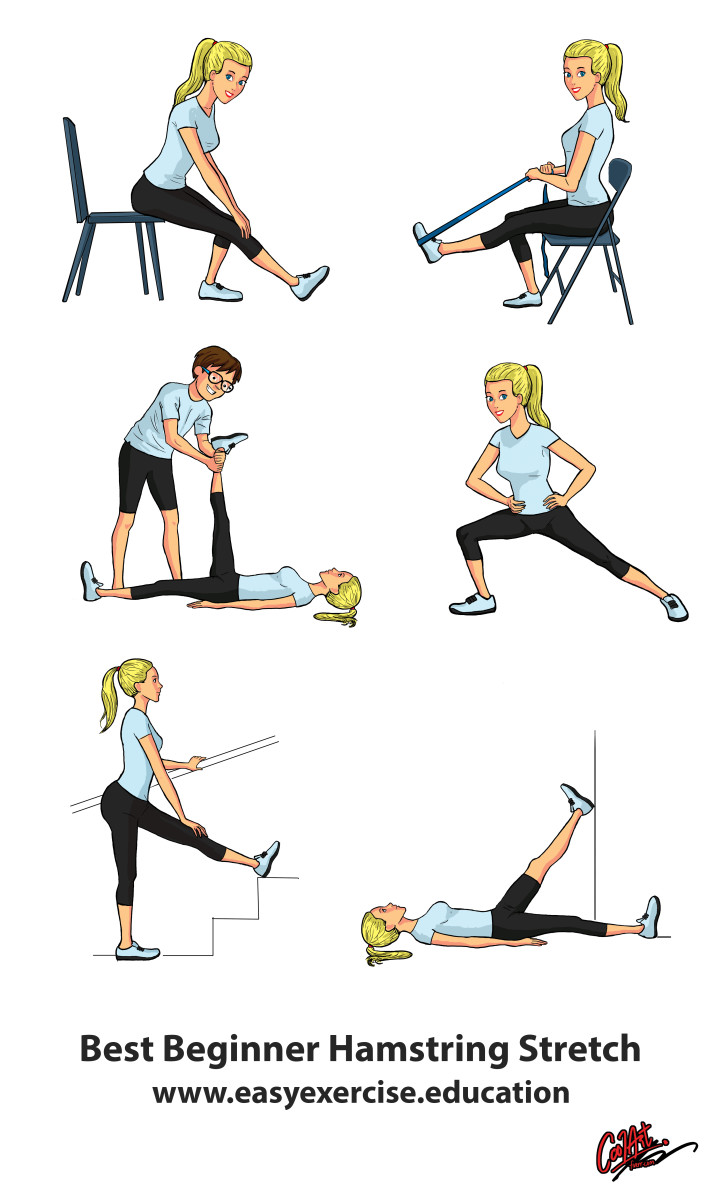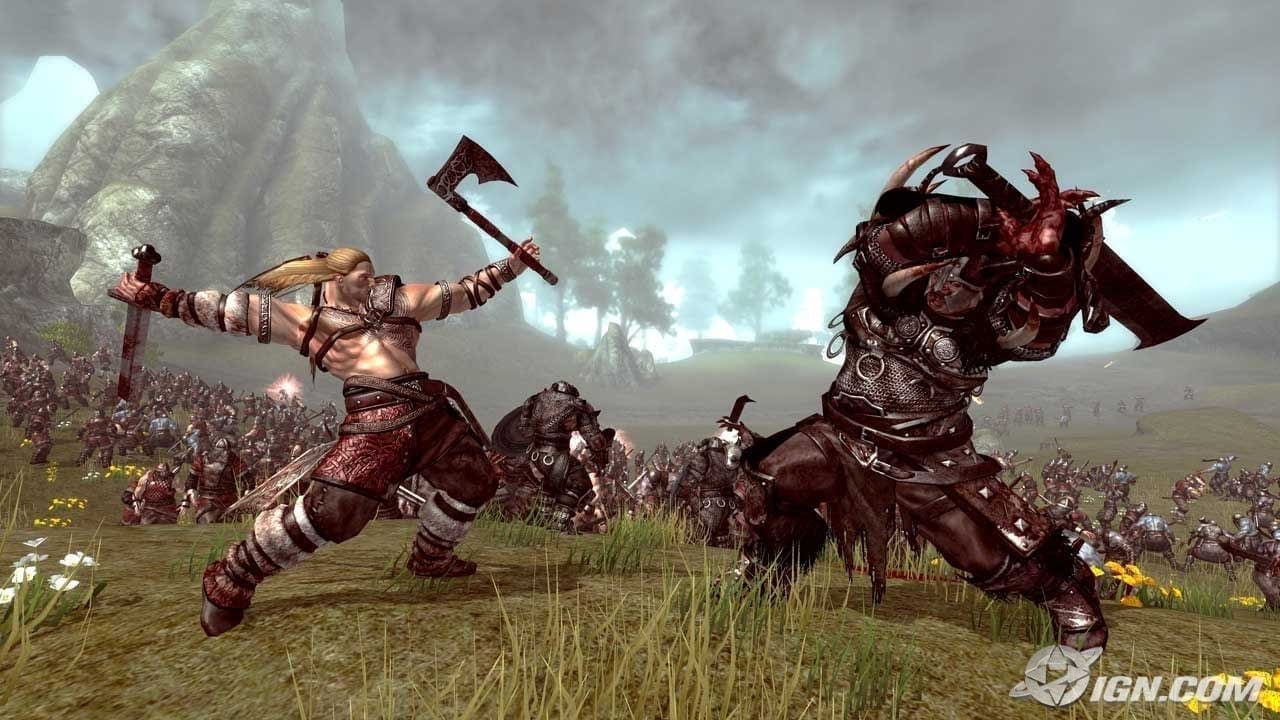Now that you know a bit about what goes on in your leg as you’re walking and running, it’s time to move on to one of the most common mistake runners or anyone doing any form of physical exercise make which increases their chances of injury up to 30 percent – Not stretching properly
When I used to run, whether it was for training for marathons or to let loose after a hectic day, 95% of the time i’d either forget to stretch or neglect it. Over time my leg muscles got tighter and tighter, and it came to a point where I couldn’t even lift my legs up perpendicular to my body without bending them at the knees. I could never bend at the hip fully to touch my toes without immediate pain at the back of my legs (i.e. the hamstrings). I couldn’t sit on the floor with my legs crossed without developing aches in my lower back. In short, my flexibility and range of motion were severely limited.
Not stretching reduces mobility in the joints and muscles. Reduced flexibility in the muscle and joint leads to a change in biomechanics or normal function and contributes to increased tension at the tendon. Every muscle is connected. Not stretching will only increase tightness in the body, allowing muscles to pull on joints, causing major pain. If your muscles have tightened up then blood has been squeezed out of them therefore your muscles are working at less than 100 % of capacity and your performance will be down as a result. Let’s see what happens when the following muscle groups are not flexible enough:
Quadriceps
When quadriceps muscles are overworked from athletic movements like jumping, running or weight training, they can become tight and inelastic and exert imbalanced tension at the joints. Sitting, and standing with the knees hyper-extended, can also produce tightness in the quadriceps. When tight quadriceps are accompanied by weak hamstrings, you have all the ingredients for an ACL injury. Tight quadriceps can also lead to misalignment of the patella, or knee cap, causing a painful condition known as patello femoral pain syndrome, or PFPS. In addition to overuse during sports, aggravating factors such as prolonged sitting, squatting, stair climbing and running. PFPS is often caused by imbalanced muscle tension at the knee joint that forces the patella to be pulled “off-track.” Typically, the rectus femoris and the vastus lateralis exert lateral forces on the knee cap that need to be offset by strengthening the vastus medialis and stretching the tighter muscles.
Hip Flexors
Your skeleton is a kinetic chain, meaning that the position of a single joint will effect the position of its neighbor. When one joint is out of alignment, it can have a domino effect on other joints. When hip flexor muscles become too tight, they exert force on the pelvis, causing it to tilt forward (anteriorly), throwing the hips out of alignment. An anterior pelvic tilt increases the lordotic curve of the low back, causing the vertebrae to become compressed, and hyperextending the knees. Tight hip flexors can lead to back and knee pain, and can promote inefficient movement during sports that can lead to injury.
Hamstrings
Tight hamstrings can cause the hips and pelvis to rotate back flattening the lower back and causing back problems. If tight hamstrings start taking over your posterior-chain movements, you can end up suffering from painful muscle pulls that force you to the sidelines. Your posterior chain runs from your lower back down behind your legs and plays a major role in any athletic movement you’re looking to perform like running, jumping or throwing. If your hamstrings become too tight, then your pelvis can get pulled into a backward tilt. When this happens, your natural lumbar curve can change and then you have a flat-back posture. This posture is a problem because relatively minor injuries like muscle pulls can change into potentially serious back injuries.
Calf Muscles
Calf muscles may have gradually tightened up over a period of months through not stretching enough before and after training. Tiny micro tears in the muscles cause them to go into spasm. When they are in spasm or contracted then blood cannot easily get into them. The muscles have squeezed the blood out like a sponge. If the muscles do not get enough blood then they will not get enough nutrients and so will tighten up to protect themselves and weaken and so on. When your calf muscles become so shortened that you lose many degrees of dorsiflexion and plantarflexion (pulling the foot back toward you and pointing the foot away from you), the brain goes elsewhere to get the movement your calves & feet should be doing. In many cases, that ‘somewhere’ is the muscles on the front of the shin, using the anterior tib & extensors to pull the foot up. The shin muscles must fire hard to try to get that foot up in time before the leg comes all the way through the swing phase of the gait. What develops is a nasty little compensatory pattern where the shin muscles are being asked to do significantly more work than they were normally asked to do in a simple task like walking or running. This leads to injuries and infections.
Adductors
Adductor group functions to pull the leg towards the midline of the body, to rotate the knee inward, dip the pelvis downward and forward, and flex the leg at the hip joint.
Some adductor muscles have independent actions too. The gracilis can help flex the knee. The adductor magnus rotates the front of the pelvis upward. It will also extend the femur back instead of flexing it. The adductor group also has a very important stability function: during normal walking gait, these muscles help prevent your leg from buckling outward when your weight is on that leg.
Trigger points in the adductor group arise from overload of the muscles, leading to weakness and pain which will result in improper movement mechanics. Trigger points in the adductor longus and adductor brevis will refer pain deep into the groin and downward to the knee and shin. Pectineus trigger points cause pain in the groin, just where the crease in the leg joins the body, which may be sharp or a deep ache. Gracilis trigger points will cause pain along the inside of the leg, up or down. Adductor magnus trigger points in the upper part of the muscle cause pain to be felt inside the pelvis. It can be pain spread around that area or a sharp explosion of pain in the groin, vagina, prostate, rectum or bladder. Trigger points in the middle of that muscle cause pain in the inner thigh, from the groin almost to the knee. When these muscles become tight, they can entrap the femoral artery, femoral vein, saphenous nerve, causing circulation to be cut off from the lower extremities and neurological problems. In addition to the pain, the adductor group can no longer function to stabilise the femur, and your leg will want to buckle outwards (laterally). Adductor trigger points are also the cause of persistent IT band friction syndrome in the feet.
Abductors
The Gluteus medius is a hip abductor (moves the leg out to the side) that plays a major role in controlling the sideways tilting of the pelvis.
 The Trendelenburg gait is exhibited by a person who through weakness in the abductor muscles, cannot maintain sufficient height of the opposite side of the pelvis to raise the foot and transfer weight to the other leg. A weak gluteus medius may cause the IT band syndrome (Runner’s knee) and patellofemoral pain syndrome.
The Trendelenburg gait is exhibited by a person who through weakness in the abductor muscles, cannot maintain sufficient height of the opposite side of the pelvis to raise the foot and transfer weight to the other leg. A weak gluteus medius may cause the IT band syndrome (Runner’s knee) and patellofemoral pain syndrome.
Lower Back
The back has two stability systems: active and passive. The first is made up of passive elements like ligaments, facet joints, and discs. Each of these limit motion between the back bones when there’s way too much. However for most activities, it’s the muscles that do most of the stability work. Think of these important muscles like an active shock absorber system on a fancy car-they adjust to your motion and keep the back bones aligned with great precision. When the back bones aren’t kept aligned as you move, the joints, disc, and nerves that live between the bones can get pinched or slowly damaged. So what does all of this have to do with your back being tight? When these small stability muscles (a.k.a. multifidus-see the dark red muscles above) go off-line, the big back muscles try to take over and do something they’re not designed to do – they try to stabilize the spine. Since they aren’t in a good place to stabilize the individual back bones they quickly tire and go into spasm.
(text sources: Runners Connect, Rhino Fitness, Fit For Real Life, Prostretch, Livestrong, Regenexx)
(Please go like our Facebook Page and also that of the soon-to-be conducted first ever Manipal Marathon. More details in the upcoming weeks!)
So now you know a bit about what causes tightness in the various muscle groups involved in running and what happens when they don’t have the require mobility and range of motion. Now you need to know how to strengthen these muscle groups so that they can cope with with loads that are 3-8 times your bodyweight (every time you take a step while running) and don’t give way under pressure, and how to make these groups more flexible so that they don’t compromise your gait and posture or result in other muscles being overworked while compensating for the loss in range of motion.
Stretching comes before Strengthening, and after it as well. So let’s start off with some basic stretches for your leg muscles:
Quad Stretches:
How do you figure out you have tight quads in the first place? One way to assess the tightness of your quadriceps is Ely’s test.
- Remove your shoes and then lie on your front with your legs straight and your head resting on your arms. Position your legs so that your knees are together.
- Tell your training partner to bend one of your legs and push your heel toward your butt. Stay relaxed so that your partner takes the full weight of your leg.
- Bend the leg as far as possible until you meet resistance from the tension in your quadriceps muscles. Measure the angle of the knee joint using the protractor or the distance of your heel from your butt using the ruler. Make a note of the result.
- Repeat the same assessment on the opposite leg. Compare the result from the left leg to the right to assess any flexibility imbalances. Ideally, both legs should bend to the same degree and your heel should touch or be very very close to your butt. The farther your foot is away from your butt, the tighter your quadriceps.
Here are some more tests to get an idea about the tightness of your quads
Kneeling Stretch
- Kneel on your right knee and curve your pelvis under like a “scared dog.”
- Flatten out your lower back and keep shoulders and chest upright.
- Bend forward from the hip to the knee even more to stretch the right hip and quad.
- Hold for 30 seconds and then switch knees.
The kneeling stretch is especially useful for older people and pregnant women. You can use a soft cushion or pillow under the knee for more comfort.
Standing Stretch
- Stand on your left foot and grab your right shin behind you.
- Tuck your pelvis in, pull your shin towards your glutes, making sure your knee is pointing to the ground.
- Hold for 30 seconds and then switch sides.
Ground Stretch
- Lie on your back at the corner of your bed (where it is the firmest), making sure that your tailbone is at the edge of the bed.
- Grab one thigh and pull it towards your chest. Make sure that your back is flat and not arched. Let gravity pull down on the leg that is dangling.
- Relax into the stretch so as not to tense up the muscles. Hold for 1 to 2 minutes and then switch sides.
Hamstring Stretches:
The hamstrings are a really important muscle group that needs to be in the best functioning condition. If they’re tight or weak, you have very high chances of sports related injury. In fact, some experts say that the number one cause for ACL injuries is tight hamstrings. Tight hamstrings also displace the menisci, causing them to catch between the bones of the leg, leading to popping and pain, torn menisci and crepitus. And now i realise, this was the cause of my meniscus and ACL tears.
First you need to figure out how tight your hamstrings are. The following two videos should teach you how to figure out the tightness (if any) in that muscle group
.
If you found that you have tight hamstrings, now is the time to correct it. Here are some basic hamstring stretches you can do on your own or with the help of a friend.
However, if you find that these basic stretches aren’t working for you, you can take a look at this technique to restore flexibility
Calf Stretch:
Try these two tests to see if you have tight calf symptoms:
1. While sitting in a chair, lift your leg straight out in front of you and point your toes up towards the ceiling and then pull them back toward your knee. You will feel a stretch in your calf muscles when you pull them back. As you pull the foot and toes back toward you, you should be able to bend your ankle 10-20 degrees past 90 degrees. If you can’t, then you are exhibiting tight calf symptoms.
2. Stand with your feet hip distance apart and squat down. If your heels pop up off the floor while you are squatting, you have tight calf muscles. If you have full range of motion, your heels will stay flat on the ground while you bring your thighs in contact with your calves.
Here’s how you can stretch your tight calf muscles. Remember that it is important to stretch not only the outer calf muscle (gastrocnemius), but also the inner one (soleus)
Hip Flexor Stretch:
As mentioned earlier, Hip flexors and extenders work with the quads and hamstrings to move the legs forward and back. The hip rotator muscles stabilize the hip joint and contribute to good running form. So you need to ensure that they are not overly tight and are supple. Here’s how to determine whether you have tight hip flexors
Hip Flexor Stretches to Try
1. Kneeling Hip Flexor Stretch
Drive your hip forward and your knee into the ground. Your iliopsoas muscle, one of the main hip flexors, is a deep muscle that requires isometric activation to stretch it.
2. Pigeon Stretch
Bring the heel of your front leg to the pants pocket on your other leg. This will align your hips and allow you to drive them into the floor, accentuating the stretch.
3. Spider-Man Stretch
Take a wide lunge stance and drive the hip of your down leg across your body when you rotate.
4. Hip Flexor Mobilization
Press the foam roller or lacrosse ball into the crease of your hip. Apply pressure as needed and roll the roller or ball back and forth to break up the tissue. When you find a spot that’s tender, focus on it and apply even more pressure to help release the tightness.
Here you’ll find some more basic stretches for your hip flexors
This video tells you how to do the kneeling hip flexor stretch correctly
Adductor Stretch
Finding and releasing trigger points in your adductors might be a bit awkward because of the angles involved, but is well worth the time and the effort. You can access your adductor area by sitting in a chair with your thighs spread apart. Use your fingers, thumbs or even elbows to find sensitive knots or taut bands of tissue. Once a spot has been found, apply deep steady pressure until the symptoms and pain referral subside. You may have to make subtle movements and adjustments to continue reproducing the pain until the pain reduces. To work the area completely, Make sure to work from the inside of the knee to the pubic bone. This can be done daily or even from time to time throughout the day. If the area that you worked is still tender from the last session, take a day off before trying it again.
Here are some stretches you can do along with/in place of the massage.
Lower Back Stretch
Running is a high-impact repetitive activity and as your feet pound the pavement, your legs absorb the impact and they do their best to transfer this energy to the upper body evenly. Often times the transfer process is not fluid and conditions like lower back pain can develop as the back takes more than its share of energy. Some of the common causes for lower back pain include overuse, unsound body mechanics and muscular imbalances. When runners change distances and terrain, their pelvic tilt adjusts accordingly and the energy absorption from the impact of their feet distributes differently compared to flat surfaces. this ‘mechanical’ back pain is most often due to improper body mechanics, overuse, and muscular imbalance and muscles which have tightened up over time.
Here are some exercises to stretch your lower back and relieve pain and tension
(text sources: Prostretch, Stack, Walkjogrun)
By now hopefully you’ve learnt about some pain relieving and injury preventing stretches for the muscle groups in your legs. However, your legs are not disjoint from your torso, and while running or any other physical activity you utilise your upper body as well. Here are some stretches to get the muscles up there all nice and limber for your next workout.
Please go like our Facebook Page and also that of the soon-to-be conducted first ever Manipal Marathon. More details in the upcoming weeks!





Be the first to comment